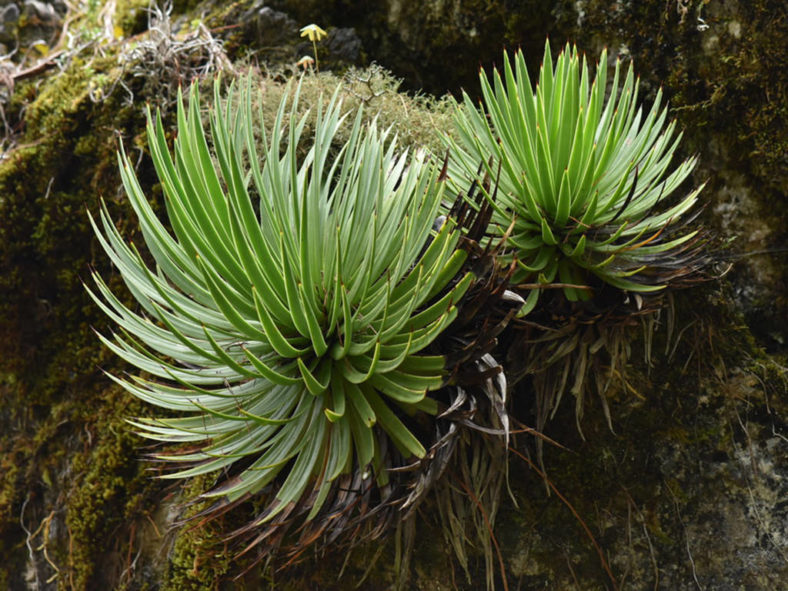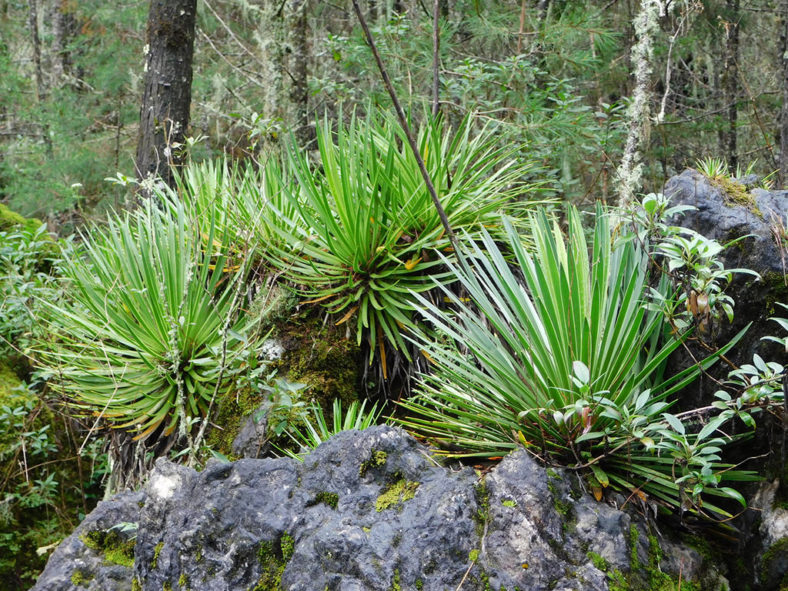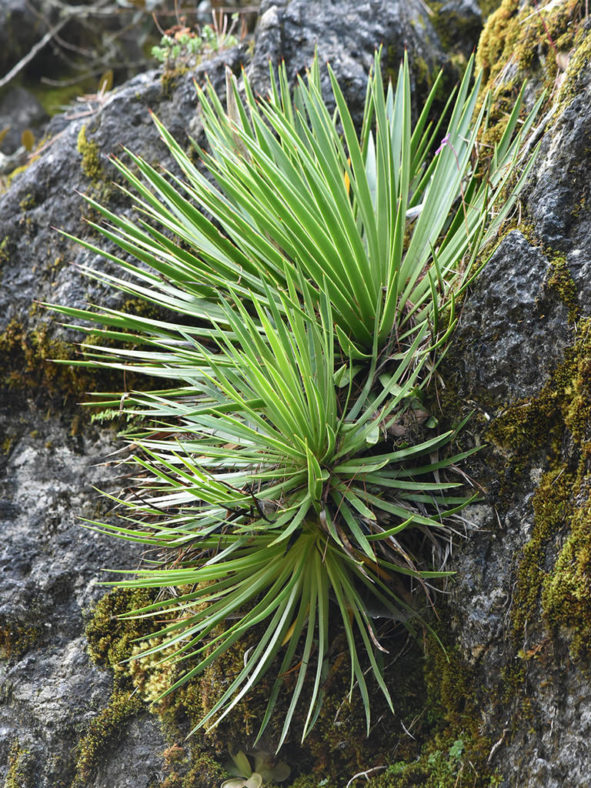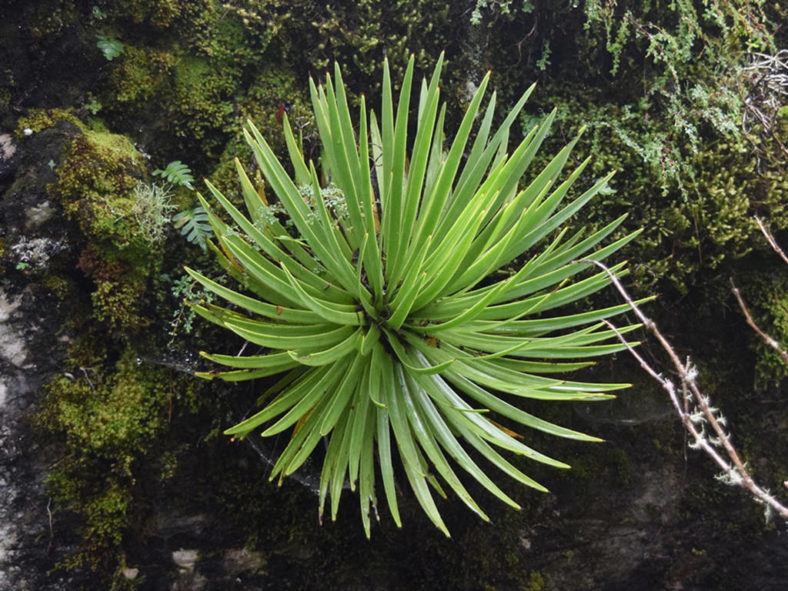Scientific Name
Agave gracielae Galvan & Zamudio
Common Name(s)
Slender-leaved Agave
Scientific Classification
Family: Asparagaceae
Subfamily: Agavoideae
Genus: Agave
Etymology
The specific epithet "gracielae (grass-ee-EL-ay)" honors Dr. Graciela Calderón de Rzedowski, a Mexican botanist and wife to Dr. Jerzy Rzedowski Rotter, an exceptional naturalized Mexican botanical researcher.
Origin
Agave gracielae is native to Mexico. It grows on limestone rock outcrops in pine-oak woodlands and montane rain forests in the Sierra Madre Oriental, in the extreme northeast of the state of Querétaro and the southeast of San Luis Potosí.
Description
Agave gracielae is a clustering succulent that forms dense groups of short-stemmed rosettes of linear light green leaves. The hemispherical rosettes can reach up to 28 inches (70 cm) in height and 30 inches (75 cm) in diameter. The leaves are fleshy, smooth, straight to slightly curved, flat or slightly concave on the upper surface, and a middle keel on the underside. They can measure up to 24 inches (60 cm) long and up to 0.6 inches (1.5 cm) wide.
The mature rosettes produce a stalk with green flowers, often with reddish or brown-reddish bracts. The flower stalk can grow up to 8.2 feet (2.5 m) tall. After flowering, the rosette will die.

How to Grow and Care for Agave gracielae
Light: Like all Agaves, this plant requires full sun to partial shade. If growing A. gracielae indoors, choose a bright, sunny window with as much sun as possible. From spring to fall, it loves going outside.
Soil: A. gracielae will tolerate most soils as long as they have good drainage, but its preference is sandy or rocky soil.
Hardiness: During the growing season, it likes warm temperatures, while in winter, when resting, this succulent enjoys cooler temperatures. A. gracielae can withstand temperatures as low as 25 to 50 °F (-3.9 to 10 °C), USDA hardiness zones 9b to 11b.
Watering: From spring to fall, water thoroughly when the soil becomes dry. In winter, water sparingly about once a month. Plants in containers require more frequent watering than those in the ground.
Fertilizing: Give your A. gracielae a small amount o fertilizer in the spring during the first two years. After that, established plants seem to take care of themselves.
Repotting: If you notice your A. gracielae becoming pot-bound, repot it with fresh soil in a pot slightly larger pot than the old one. Give the plant a week or so to readjust before you water it again.
Propagation: Since it can take years to produce seeds, A. gracielae is usually propagated by offsets. The best time to remove the offsets is in spring and summer. Sow the seeds in spring.
Learn more at How to Grow and Care for Agave.
Toxicity of Agave gracielae
A. gracielae is not toxic to humans but may be mildly poisonous to children and pets.
Links
- Back to genus Agave
- Succupedia: Browse succulents by Scientific Name, Common Name, Genus, Family, USDA Hardiness Zone, Origin, or cacti by Genus
Photo Gallery
Click on a photo to see a larger version.


